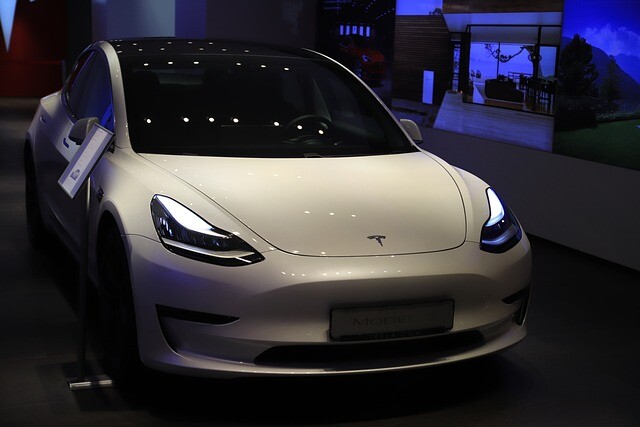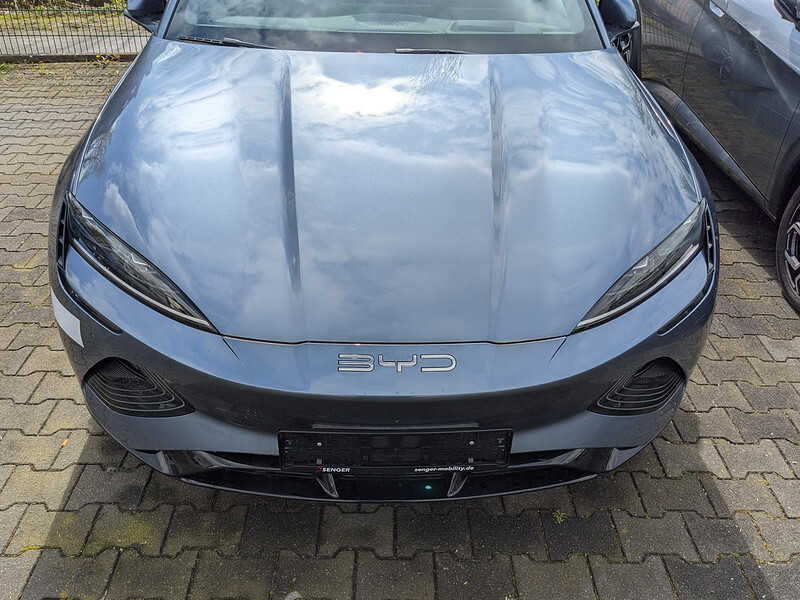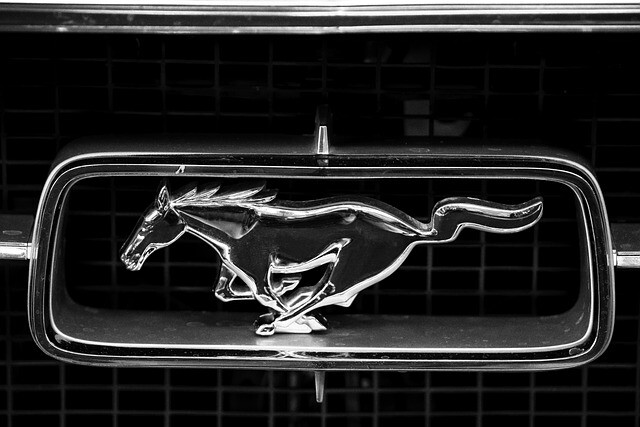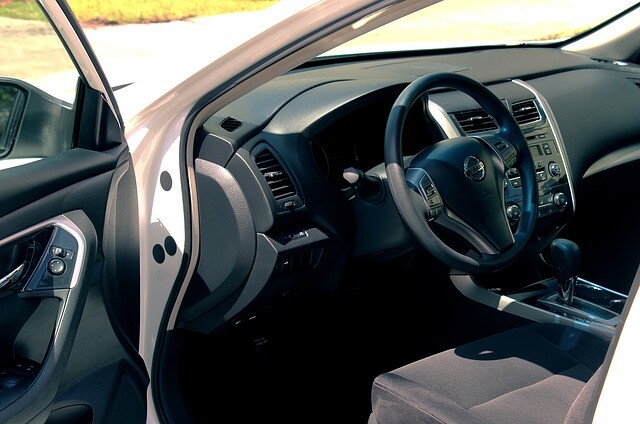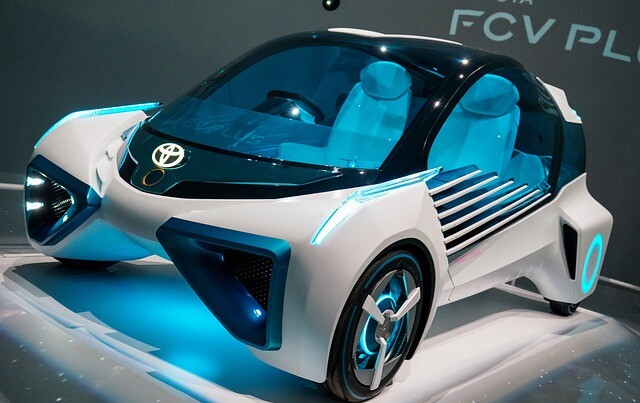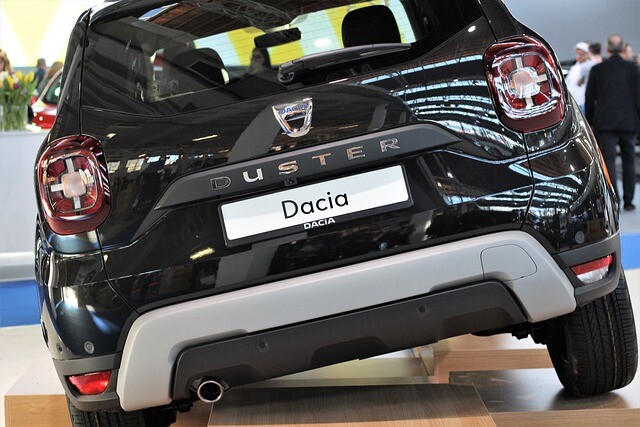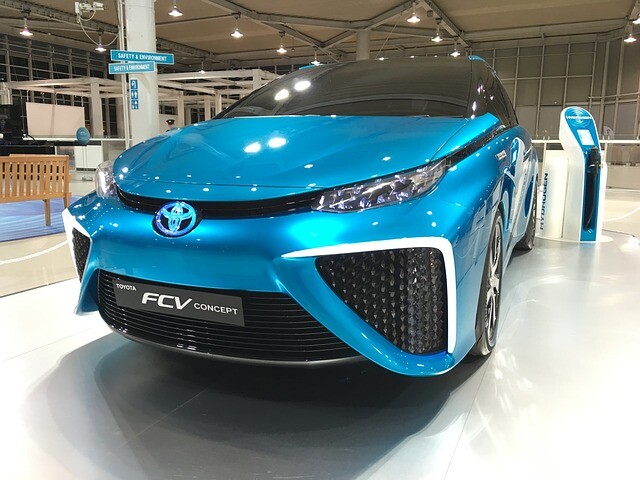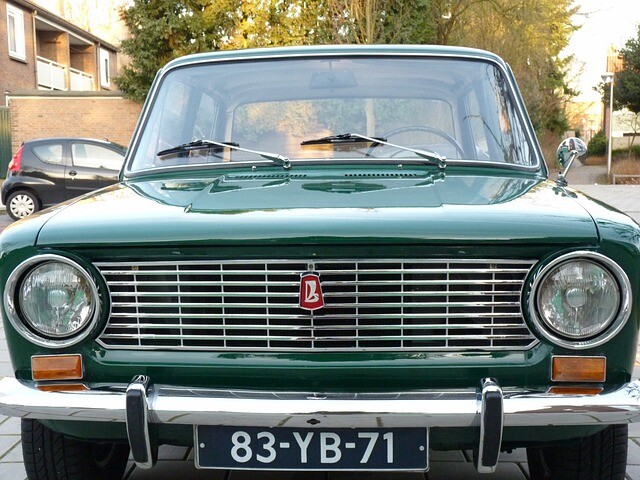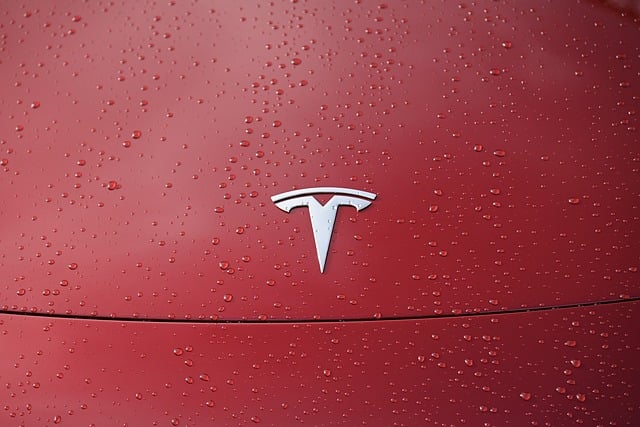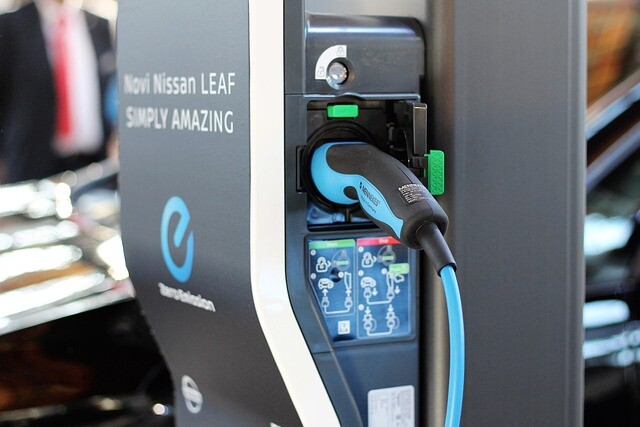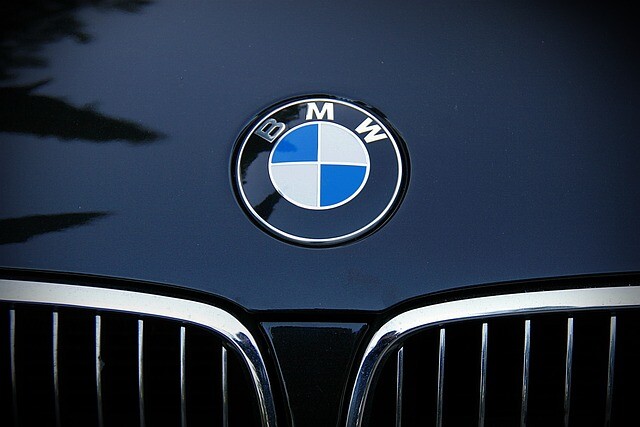The hybrids of Mazda are cold
A new patent entry testifies that Mazda is seriously considering introducing a revolutionary all-wheel-drive hybrid powertrain using three electric motors and a planetary piston internal combustion power source.
In the modern automotive industry, Mazda has remained virtually the only one left far from the hybrid scene so far. However, this will soon change, in an extremely stylish way: a patent entry testifies to the development of a petrol-electric unit built around the brand's tradition, with a planetary piston or a rotary disk (or, after its inventor, a Wankel engine).
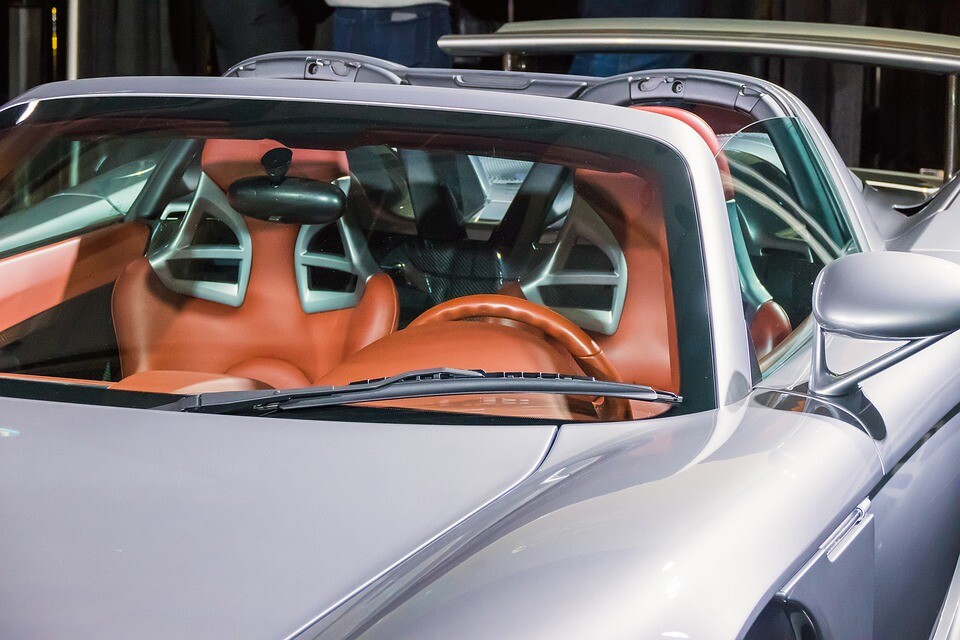
The repeated use of the Wankel engine as a range-extending unit has already arisen for the purely electric MX-30 crossover. But now it’s about something completely different - different than we’ve ever seen.
The front rotary petrol engine, on the one hand, powers the 25 kW electric motor driving the rear axle as a generator. On the other hand, the same petrol engine (which could in principle be of any configuration, a reasonable choice due to Wankel's space savings) can also drive the rear axle directly - what transmission is not yet known about the transmission. When not powered by this gasoline engine, the 25 kW electric motor is powered by a tiny (3.5 kWh, 48V) lithium-ion battery.
The primary drive is left to Mazda for the three electric motors, but since neither their performance nor the performance of the Wankel motor has been announced, we can only guess at further details for now.
The parameters of the new system coincide on paper with the philosophy in which Mazda equipped its first electric car, the MX-30, with an unusually small 35.5 kWh battery: like so many, Mazda believes that the high-capacity, heavy batteries drive electric cars to a dead end.
(Source: vezess.hu / photo: pixabay.com)

